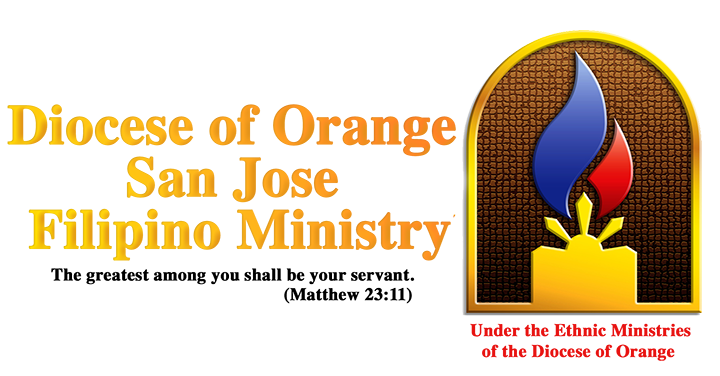Profile
Leonard was born to the Frankish nobility. He was part of the court of the pagan King Clovis I. The Queen suggested to Leonard, possibly as a joke, that he invoke the help of his God to repel an invading army. Leonard prayed, the tide of battle turned, and Clovis was victorious. Archbishop Saint Remigius of Rheims used this miracle to convert the King, Leonard, and a thousand of followers to Christianity.
Leonard began a life of austerity, sanctification, and preaching. His desire to know God grew until he decided to enter the monastery at Orleans, France. His brother, Saint Lifiard, followed his example and left the royal court, built a monastery at Meun, and lived there. Leonard desired further seclusion, and so withdrew into the forest of Limousin, converting many on the way, and living on herbs, wild fruits, and spring water. He built himself an oratory, leaving it only for journeys to churches. Others begged to live with him and learn from him, and so a monastery formed around his hermitage. Leonard had a great compassion for prisoners, obtaining release and converting many.
After his death, churches were dedicated to him in France, England, Belgium, Spain, Italy, Switzerland, Germany, Bohemia, Poland and other countries. Pilgrims flocked to his tomb, and in one small town in Bavaria there are records of 4,000 favors granted through Saint Leonard’s intercession.
Died
- c.559 of natural causes
Patronage
- against burglaries
- against headaches
- against children’s illnesses
- against hail
- against livestock illnesses
- against robberies
- against robbers
- cattle
- childbirth
- domestic animals
- horses
- livestock
- captives
- imprisoned people
- P.O.W.’s
- prisoners (given by Pope
- Pius XII on 9 April 1948)
- prisoners of war
- barrel makers
- blacksmiths
- buckle manufacturers
- carters
- chain manufacturers
- coal miners
- coopers
- coppersmiths
- farmers
- greengrocers
- grocers
- locksmiths
- miners
- porters
- in France
– Noblac
– Orléans
– Saint-Léonard-de-Noblat - in Italy
– Aprigliano
– Ardore
– Baselice
– Borgia
– Borgoricco
– Campobasso
– Candiana
– Cariati
– Castelmauro
– Castelnuovo
– Castelsilano
– Cerreto Guidi
– Colli a Volturno
– Conegliano
– Correzzola
– Faeto
– Forio
– Lajatico
– Lari, Casciana Terme
– Malgrate
– Manciano
– Manduria
– Mascali
– Masi Torello
– Mongiuffi Melia
– Montallegro
– Monte Rinaldo
– Montorio Romano
– Moriago della Battaglia
– Nogaredo
– Offida
– Panza, Forio
– Partinico
– Portigliola
– Roccabascerana
– Saint-Rhémy-en-Bosses
– San Leonardo
– San Leonardo in Passiria
– Serradifalco
– Serramanna
– Setzu
– Sgurgola
– Siculiana
– Stagno, Collesalvetti
– Trebisacce
– Trontano
– Tuff, Minturno
– Valnontey, Cogne
– Vernio
– Vestenanova
– Villadose
– Villanova Monteleone
– Zuglio - Kirkop, Malta
Representation
- abbot holding chain, fetters or a lock
- chain
- fetters
- manacles
Source: https://catholicsaints.info/saint-leonard-of-noblac/








